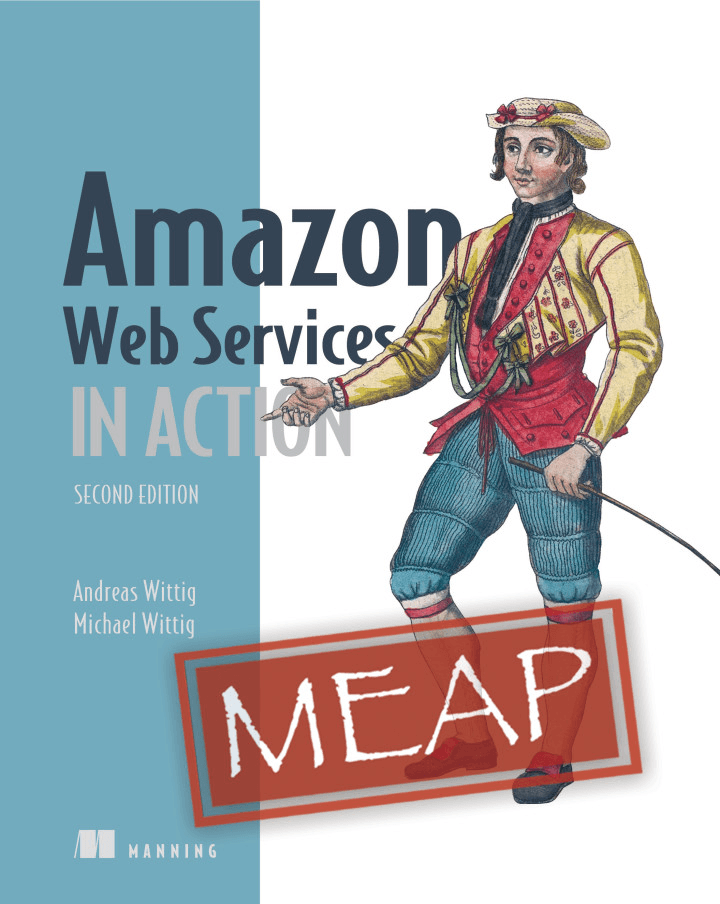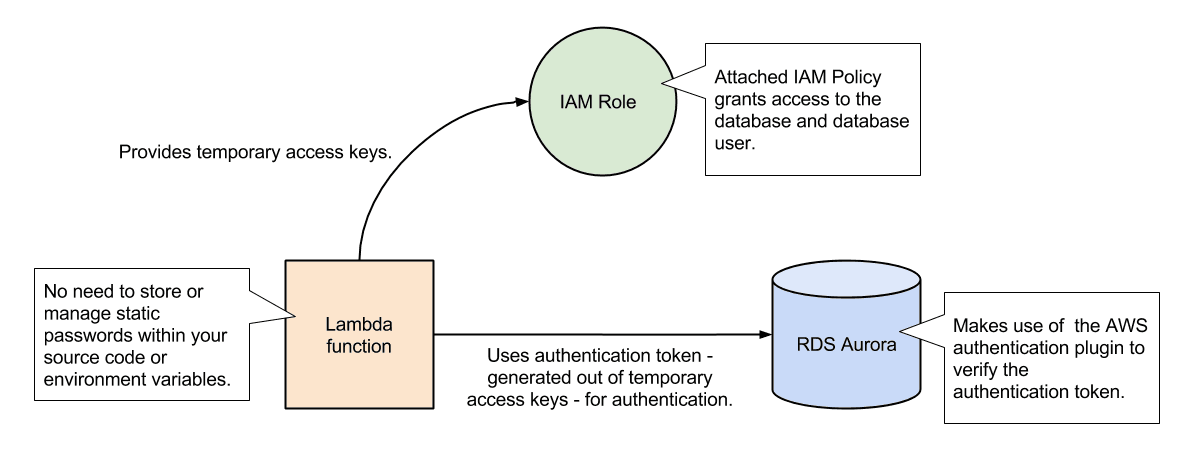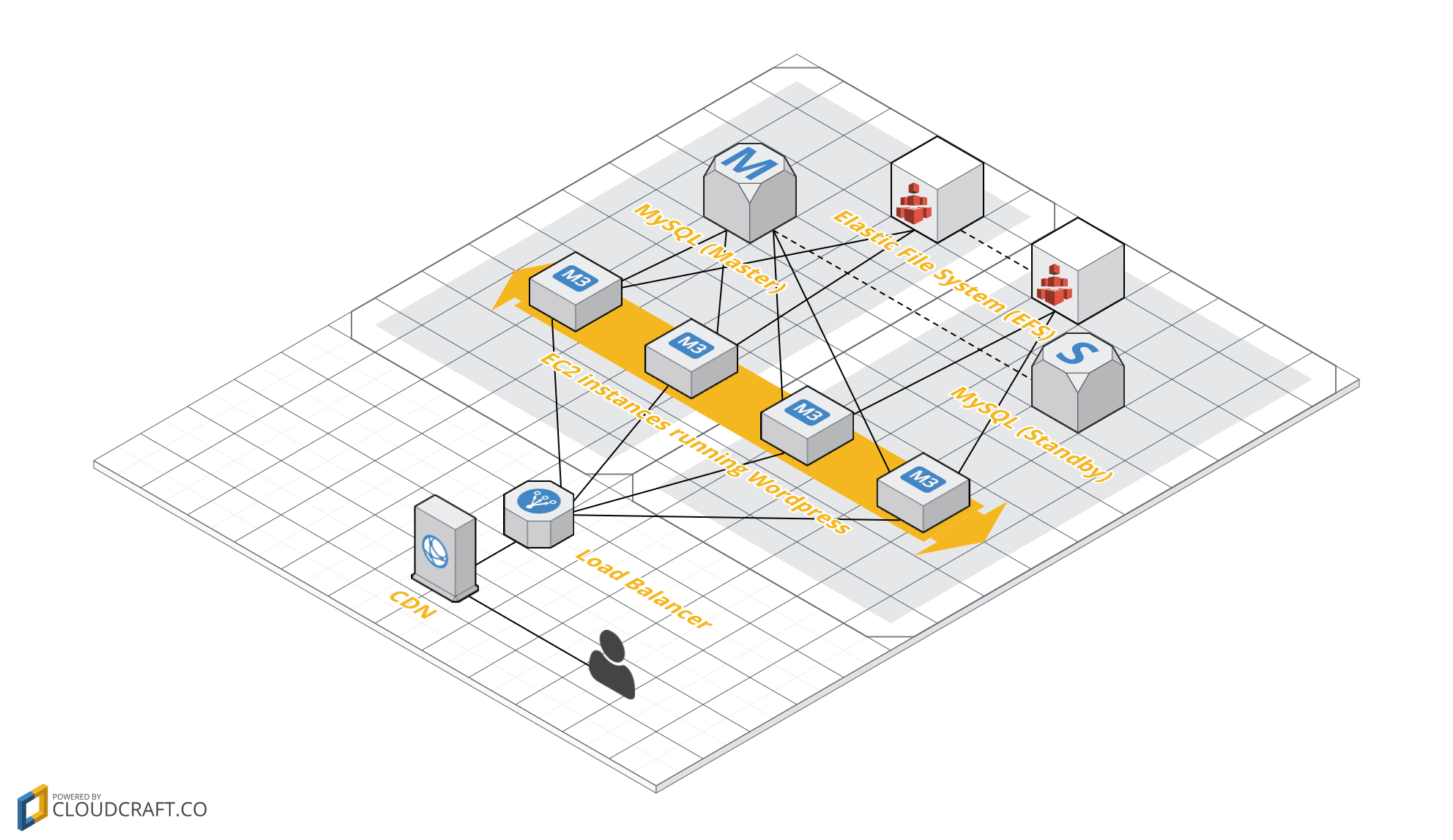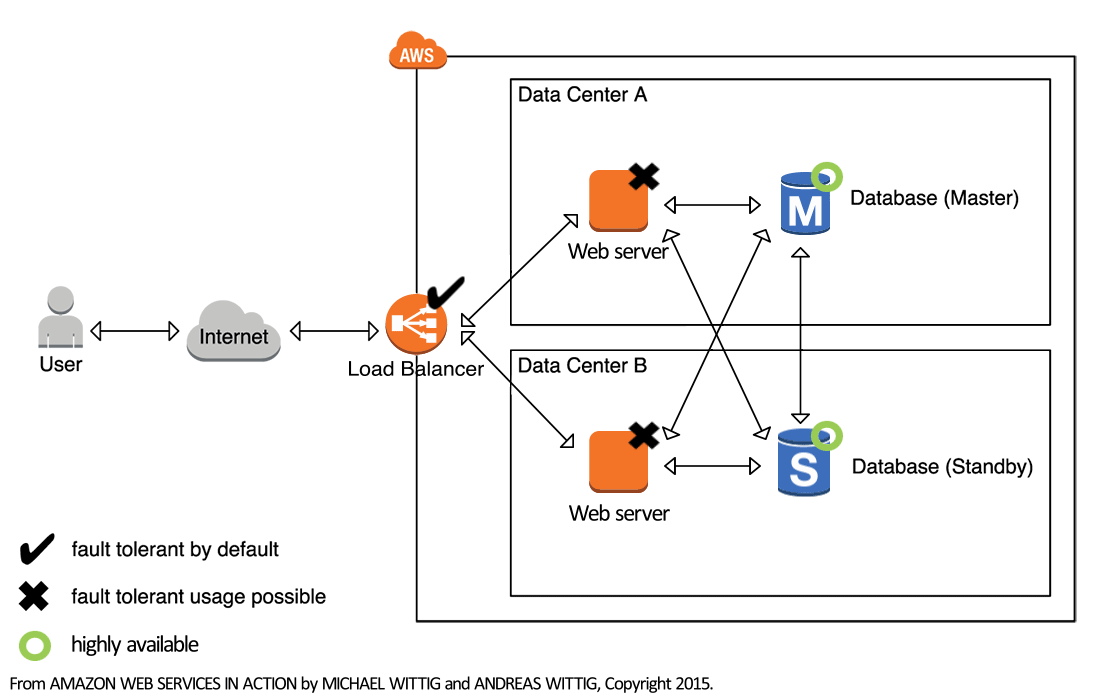#rds | Amazon RDS (1)
The Relational Database Service (RDS) provides fully-managed PostgreSQL, MySQL, MariaDB, Oracle, and MS SQL databases.
Show Me Your Architecture Vol. 2: Platform Engineering on AWS
Through the AWS documentation, books like AWS in Action or AWS training, you can gain theoretical knowledge. But beyond that, it is very valuable to learn directly from practice. In this series, we inspect real-life AWS architectures. In the 2nd volume ...
Read moreNow available: Book Amazon Web Services in Action 3rd Edition
We are happy to announce the official launch of our new book Amazon Web Services in Action 3rd Edition. The final version of the book is out now. We wrote the 1st edition back in 2015, and since then, we sold more than 30,000 copies, and the book has be...
Read moreMastodon on AWS: Host your own instance
While Twitter seems to be in chaos, the free and decentralized alternative, Mastodon, is rising. At first glance, Twitter and Mastodon are similar. A toot is to Mastodon what a tweet is to Twitter. However, the decentralized nature of Mastodon makes a b...
Read moreReview: Aurora Serverless v2
I was excited when AWS announced Aurora Serverless at re:Invent 2017. Disappointment followed shortly after. Even after Aurora Serverless became a generally available service in August 2018, it missed important features like multi-AZ deployments and rea...
Read moreUnusual AWS Architectures
AWS provides many building blocks. As architects, we have to choose the right building blocks to construct our systems. But sometimes, the proper building block is not available, and we have to make compromises. In this blog post, I show four unusual AW...
Read moreDatabases on AWS
Andy Jassy, CEO of AWS, proclaimed #DBFreedom, aka use whatever database you like. AWS offers them all. At least, that’s what AWS marketing wants us to understand. In the real world, AWS offers a wide variety of databases for different use cases. Your j...
Read moreReview: Amazon Aurora Serverless - A cloud-native and production-ready relational database?
It was never easier to scale your compute layer. EC2 Auto Scaling, Fargate, and Lambda enable horizontal scaling. But how do you scale your database? Use a NoSQL database like DynamoDB, one could say. But what if you don’t want to miss all the advantage...
Read moreAWS SLA: Are you able to keep your availability promise?
Are you offering availability of 99.99% or more to your clients? Bad news, you might not be able to keep your promise! Recently AWS announced a bunch of new Service Level Agreements (SLA). Therefore, it is now possible to calculate the expected availabi...
Read moreCloud adaption strategy: event-based data synchronization
Are you building an application for the cloud without the slightest dependency to an on-premises infrastructure? Lucky you, most of us are struggling with uniting an outdated on-premises infrastructure with the shiny cloud. I’d like to share a cloud ada...
Read moreTweaking RDS database performance and ElastiCache
Tweaking database performanceAn RDS database, or a SQL database in general, can only be scaled vertically. To scale a database vertically means to increase the resources of your database but you still have a single database. If the performance of your d...
Read moreMonitoring a critical part of your infrastructure: Amazon Relational Database Service (RDS)
Amazon RDS provides PostgreSQL, MySQL, MariaDB, Oracle, and Microsoft SQL Server as a Service. The fully managed service covers a lot of the challenges of operating a database (e.g., master-standby replication, snapshots, patching the operating system a...
Read morePasswordless database authentication for AWS Lambda
Does your serverless application need to access an RDS database? Where do you store the username and the password required to authenticate with the database? Storing the password in plain text within your source code should not be an option. Same is tru...
Read moreWordPress on AWS: smooth and pain free
I’m not a fan of WordPress, as it is neither cloud-ready nor serverless. That’s why this blog runs on CloudFront and S3 and is built by Hexo. But 25% of all websites are proudly published with WordPress. You will learn about the easiest way to run WordP...
Read moreA look at DynamoDB
Scaling a traditional, relational database is very hard because transactional guarantees (Atomicity, Consistency, Isolation, Durability also known as ACID) require communication between all nodes of the database. The more nodes you add, the slower your ...
Read moreWordPress on AWS: you are holding it wrong
WordPress is a very popular blogging software. You can run the PHP application together with a MySQL database on an EC2 instance (virtual machine) easily. But if you are following the official tutorial to setup your blogging environment on AWS you are m...
Read moreBuilding blocks for highly available systems
Thanks to the cloud, highly available systems are becoming the new standard. Creating an architecture offering high availability or even fault tolerance is affordable nowadays as you can use ready-to-use building blocks. On top of that, you can operate ...
Read moreWhat can you do with AWS?
This article excerpted from Amazon Web Services in Action, shows that you can run any application on AWS by using one or a combination of different services. The four examples we present in this article will give you an idea of what you can do with AWS....
Read more














